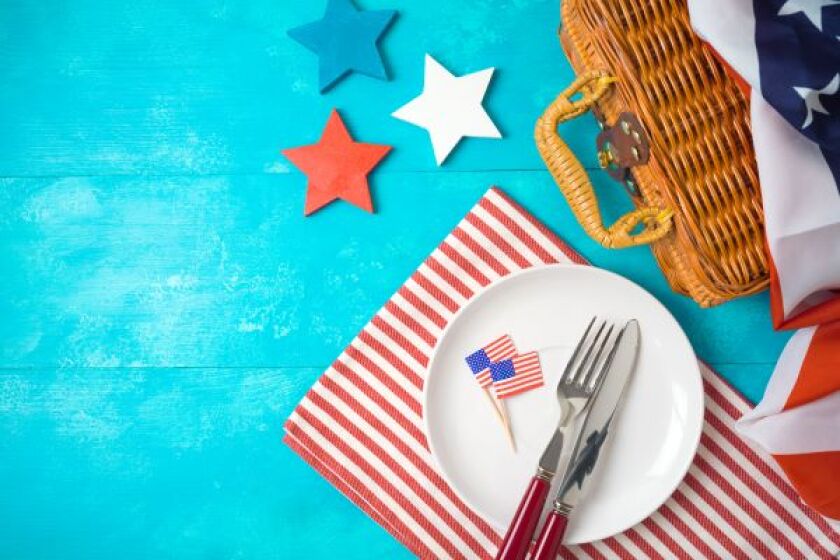Step 1: Make a good story out of your trade secret
Some say that good stories don’t necessarily have to be true. By example, my grandmother was from Corsica and absolutely abhorred American cuisine to the extent that the very notion of a deep fryer would probably send her straight to the confessional booth. But like many women in South Carolina, she did have a subscription to lifestyle magazine Southern Living and on every July 4th would humour her American grandchildren with home-made fried chicken.
For the purposes of this exercise I will create a narrative around my family recipe that begins in a Charleston kitchen with chicken that was so good that everyone at church picnics absolutely begged my grandmother for the recipe. Nobody need know that she took it from a magazine.
Step 2: Put legal protections in place
In order to prove your product is a trade secret, you actually have to demonstrate you did something to keep it a secret. In the example of the fried chicken recipe it would be important to make grandchildren sign NDA agreements and/or non-compete clauses with other fried chicken start-ups (families).
Step 3: Make sure it can’t be reverse-engineered
In theory, a keen cook could probably work out that my grandmother salted her chicken for 12 hours before she deep fried it, and used a Dutch oven instead of a cast-iron skillet. If a jealous competitor manages to work this out, hope and pray that you developed a good enough story to protect your brand and that your customers have under-developed taste buds.
Step 4: Get creative in how you list ingredients
I’ve never looked at the ingredients on a box of Krispy Kreme doughnuts and I don’t suggest my readers do either. But if I did look at the box I imagine it would spell out lots of hard to pronounce chemicals that bear no resemblance to a doughnut recipe. This is because countries have food and safety regulations requiring companies to list the ingredients. Instead of listing “buttermilk”, try something like “lactose and citric acid”. Or, call up a patent attorney with a degree in chemistry and get them to give you the chemical compounds to self-raising flour, salt, pepper, and paprika.
Step 5: Control your trade secret as your company grows
Your spouse, who has graciously agreed to do your accounting, doesn’t need to know your secret recipe, but the family members on your production line probably do. Figure out who needs access to the trade secrets and who does not. Maybe keep the fried chicken plant tucked away on your family farm where chickens roam free and eat organic grain, and keep your spouse in some solemn room in the house. Make sure he/she never sees the magic happen.
Step 6: Always have an exit interview
Before anybody leaves the family it is crucial to perform an exit interview reminding them not to go on Oprah and share the trade secrets. A good idea might be to tell the story of Anthony Levandowski, who was sentenced to 18 months in prison for giving away secrets to Google’s self-driving car programme.
Step 7: Keep your trade secret a secret
Don’t publish your trade secret on the most well-read and awesome intellectual property publication.











